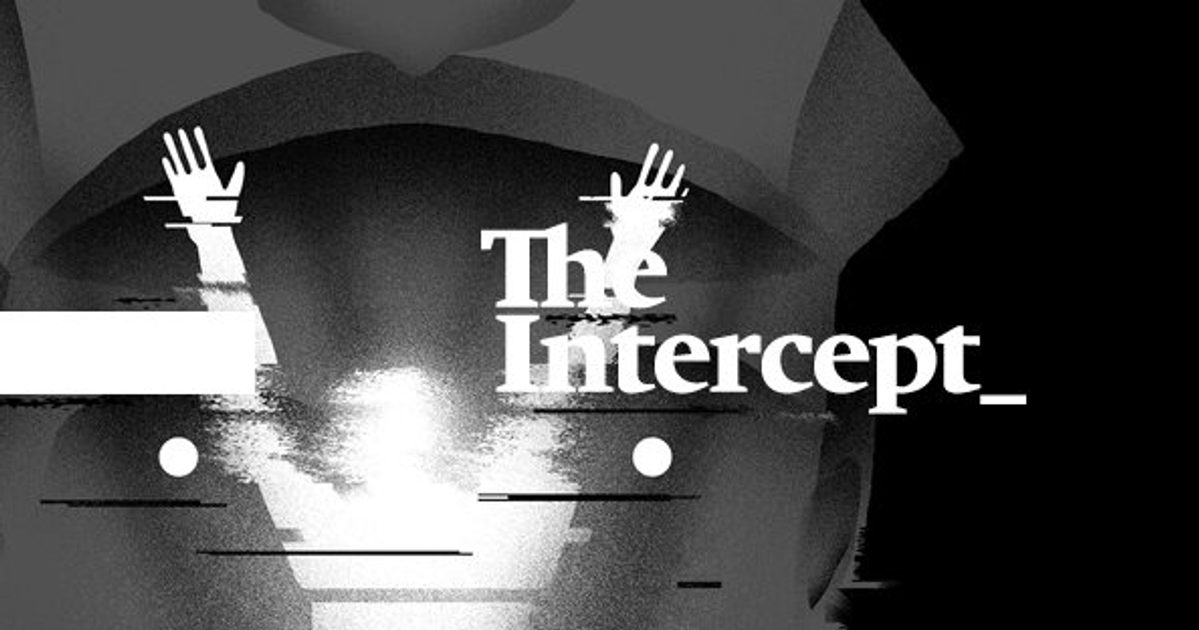The Intercept is running out of cash | Semafor

🌈 Abstract
The article discusses the financial and editorial crisis facing The Intercept, a left-wing U.S. newsroom that has been critical of the Biden administration and has provided extensive coverage of the Israeli-Palestinian conflict. The key points are:
- The Intercept is facing a severe financial crisis, with projections of running out of cash by May 2025. This is due to the withdrawal of funding from its founding donor, Pierre Omidyar.
- There is a bitter internal power struggle, with tensions between the outlet's star reporters, its founders, and its nonprofit board. This has led to the ouster of the editor-in-chief and an editorial restructuring that has alarmed staff.
- The Intercept's aggressive pro-Palestinian coverage has resonated with its core audience and led to a surge in small-dollar donations. However, it has struggled to secure the major philanthropic funding needed to sustain the organization.
- The article explores the challenges facing The Intercept as it tries to maintain its mission of hard-hitting, left-leaning journalism in a changing media landscape.
🙋 Q&A
[01] The Intercept's Financial Crisis
1. What is the current financial situation of The Intercept?
- The Intercept is losing roughly $300,000 a month and is on track to have a balance of less than $1 million by November 2023. It could be completely out of cash by May 2025, according to internal data.
- The Intercept's CEO, Annie Chabel, said the projections were a "worst-case scenario" and that the organization had a "stretch revenue goal" to continue operating for a longer period.
2. What led to The Intercept's financial crisis?
- The Intercept's founding donor, Pierre Omidyar, decided in late 2022 to end his support for the organization, leading to it being spun off from his First Look Media.
- While philanthropic donations have doubled between 2022 and 2023, they have still fallen short of the organization's needs.
3. How has The Intercept tried to address its financial challenges?
- Chabel helped convince First Look Media to increase its grant to $14 million to support the Intercept's spinoff.
- The organization is now relying on a combination of small-dollar donors and major gifts from philanthropic individuals and organizations to sustain itself.
- However, the Intercept has struggled to secure the necessary major funding, leading to the layoff of 30% of its editorial staff in February 2023.
[02] The Intercept's Internal Power Struggle
1. What is the nature of the internal power struggle at The Intercept?
- There are tensions between the outlet's star reporters, its founders, and its four-person nonprofit board.
- The relationship between the then-editor-in-chief, Roger D. Hodge, and CEO Annie Chabel had been deteriorating for months, leading to Hodge's ouster by the board.
- After Hodge's firing, Chabel received approval to restructure the organization, requiring a new editor-in-chief to report to the CEO rather than the board directly.
2. How have the internal tensions manifested?
- The board rejected a proposal by veteran journalists Jeremy Scahill and Ryan Grim to form a four-person committee to run the editorial side while searching for a new top editor.
- Scahill later exploded at Chabel during a meeting, telling her she should resign.
- The editorial union released a statement criticizing Chabel's leadership and fundraising efforts, saying "she had one job to do, and she failed."
3. What is the impact of the internal power struggle on The Intercept's operations?
- The power vacuum created by Hodge's ouster has led to uncertainty and disruption in the organization's editorial leadership.
- The disagreements between the staff, founders, and board have threatened to unravel the publication, with no clear path forward.
- The internal tensions have spilled into public view, further complicating the organization's ability to address its financial and editorial challenges.
[03] The Intercept's Editorial Identity and Funding Challenges
1. How has The Intercept's editorial identity evolved over time?
- The Intercept was born a decade ago with a mission of combining an anti-establishment ethos with a combative form of online journalism.
- Its aggressive coverage of the 2020 Democratic primaries and its unapologetically hostile view of Israel's military operations in Gaza have solidified its reputation as the most overtly progressive and leftist national news outlet.
2. How has The Intercept's editorial identity affected its funding challenges?
- The Intercept's reputation for progressive, left-leaning journalism has made it difficult to secure funding from more moderate liberal donors who are wary of party infighting.
- The publication's aggressive reporting on big-money liberal donors who backed more moderate candidates has also alienated potential major funders in the philanthropic space.
3. How has The Intercept's pro-Palestinian coverage impacted its financial situation?
- The Intercept's pro-Palestinian coverage has resonated with its core audience and led to a surge in small-dollar donations.
- However, the organization has struggled to find the major philanthropic funding needed to sustain its operations, with CEO Annie Chabel acknowledging the challenge of appealing to traditional funders who may not agree with the publication's "particular brand of journalism."